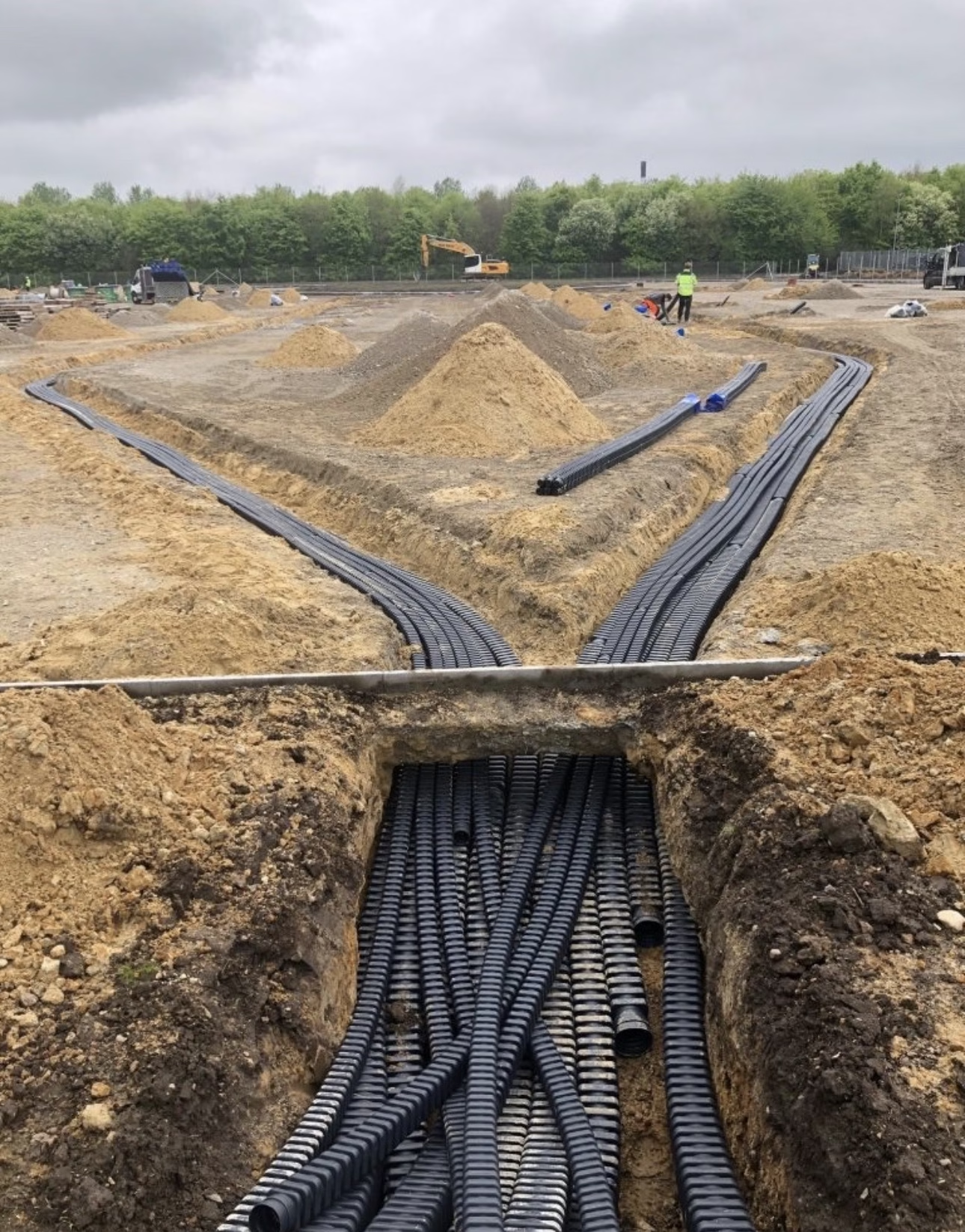Ghana Approves Fibre Integration in All New Roads: Landmark “Dig-Once” Policy Set to Accelerate Digital Connectivity

In a bold move to accelerate the country’s digital transformation, the Cabinet of Ghana has approved a landmark policy requiring the integration of fibre-optic ducts and access chambers in all new road construction projects nationwide.

According to the policy announced by the Ghana Chamber of Telecommunications and confirmed by the Ministry of Communications, Digital Technology & Innovation, the decision means that every new road will also be a “digital road” — enabling telecom operators to deploy fibre infrastructure without repeated excavations.
Key Details & Rationale
- Contractors will now be required to install fibre-optic access chambers and ducts alongside the road build, rather than afterwards.
- The policy is dubbed the “Dig Once” initiative and is expected to reduce disruptions from repeated road-excavation and fibre-cut incidents.
- The telecom industry presented data showing that approximately 60 % of fibre-optic cable cuts in Ghana are caused by road works and construction-related activities. The policy is projected to lower broadband deployment and maintenance costs significantly.
- It also aligns with the country’s broader digital economy ambitions: the recently launched Digital Economy Policy (2024) and the National Broadband Strategy.
What This Means for Ghana
For Ghana, this policy signals several important shifts:
- Speed & efficiency: With ducts pre-installed, telecom operators can roll out fibre networks faster and more cost-effectively.
- Reduced disruption: Fewer road diggings for telecom works means less road damage, less traffic disruption and lower public complaints.
- Future-proofing: As Ghana prepares for 5G, smart infrastructure and IoT rollout, having built-in fibre capacity along road corridors becomes a powerful enabler.
- Digital inclusion: Especially in more remote or rural regions where road expansions are underway, this policy may help deliver reliable connectivity more affordably.
Challenges & Next Steps
While the policy is welcomed by the telecom sector, several implementation challenges must be addressed:
- Coordination: Close coordination between the Ministries of Roads & Highways, Communications, contractors, and telecom companies will be essential.
- Standards & enforcement: The policy will require clear technical standards (duct sizes, access chambers, mapping, etc.) and strong oversight to ensure compliance.
- Cost implications: While long-term savings are projected, initial road-projects will likely carry slightly higher costs for the integrated fibre infrastructure—contractors will need mechanisms for cost-sharing or incentive alignment.
- Rural reach: Ensuring the policy doesn’t only apply to major highways, but also to smaller feeder roads in less connected regions, will determine how inclusive the benefit is.
Industry Reaction
Sylvia Owusu-Ankomah, CEO of the Digital Chamber of Ghana, described the policy as “a bold and visionary step that will shape Ghana’s digital future … By embedding fibre in all new roads, we are laying the foundation for a connected nation.”
The Ghana Chamber of Telecommunications has pledged to collaborate closely with the relevant ministries to roll out the policy smoothly.
Conclusion
By transforming the nation’s road-building agenda into a dual-purpose infrastructure strategy—both transportation and connectivity—Ghana is positioning itself at the forefront of Africa’s digital infrastructure revolution. If effectively implemented, this “roads plus fibre” model could serve as a blueprint for integrated infrastructure development across the continent.

